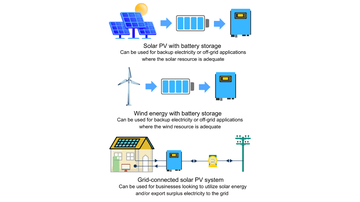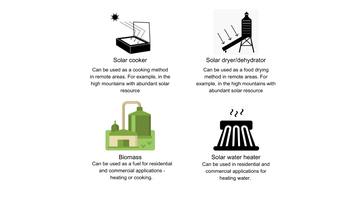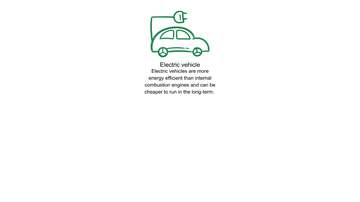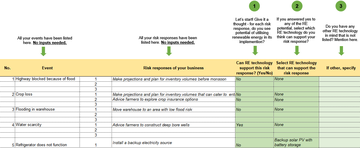Renewable Energy Technologies for Risk Responses
Tashi pointed at the screen as he started explaining Section 4 of the tool.
“Now, you’ll see that all the events and their risk responses have been listed automatically which is linked to the earlier tab. In the first table, you now need to check if any renewable energy technologies can support your risk responses. Since Lalima is interested in renewable energy, do you want to help Kishor out?”

Lalima eagerly moved forward and leaned towards the laptop. She and Kishor both read through each of the risk responses and identified which renewable energy technology can support the risk response.
“While you two complete this, can you give me the names of some renewable energy technologies that you have in mind?”

Aabroo and Baisali looked at each other. Baisali was the one to speak first.
“There are solar off-grid systems, the ones with battery storage that we can use to power electrical equipment. Similarly, there are grid-tied solar systems. Then solar water pumps are other ones. Then for drying and cooking purposes, solar dryers and solar cookers can be used. Hmmm…that’s all that comes to my mind.”

“Well, wind energy with battery storage can also be used to power electrical equipment. Also, biogas and electric vehicles running on renewable energy sources can be used for risk response.”

“Hmm…you say electric vehicles running on renewable energy sources can be a renewable energy technology for the risk response. Can you elaborate?”

“Of course, while electric vehicles can be perceived as clean technology, we need to be careful about accepting them at face value. If the electricity used to charge the electric vehicle is from coal plants then the electric vehicle is not running on clean technology. If it is charging from hydropower generated electricity, then it’s running on a cleaner technology than vehicles running on petrol or diesel. Electric vehicles can be a risk response because if there are disruptions of fuel supplies due to any natural event, it will halt the use of vehicles running on petrol or diesel. So, electric vehicles can be a risk response in that case – of course, given that there is still access to electricity.”

Tashi added as he showed his smartphone to Kishor.
“I found this figure on the internet. These are some figures for renewable energy systems and where they can be applied.”




Did you two finish populating the table, let us have a look.

Kishor showed everyone the table.

“Ok, that looks good. You indeed found that solar photovoltaic (PV) with battery storage can serve as a backup source of electricity for your business. This will then ensure reliable power to the refrigerator in instances of outages from risk events. That’s good. However, maybe renewable energy technologies can also serve other areas of your business that is not directly at risk of climate-related hazards. Now that we’re talking about renewable energy, why not explore other equipment in the business operations that can benefit from renewable energy? Now go to the next section – 4.1 – where you can list the equipment of your business and further explore where renewable energy can play a role.”

Average Rating: ☆ ☆ ☆ ☆ ☆ (0 reviews)

